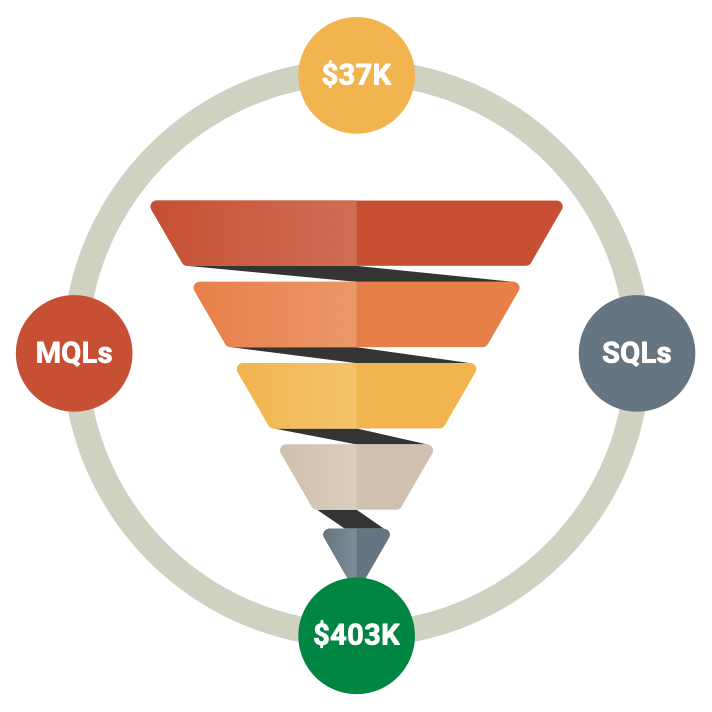As data volume and complexity continue to grow, cloud data warehousing has become a popular solution for organizations to store, manage, and analyze their data. Among the popular data warehousing options, Snowflake stands out for its ability to provide a scalable, secure, and cost-effective solution. However, without visibility of usage and cost details, we often find that many organizations struggle to make the most of their Snowflake. That’s why we built Snowflake Usage Analytics! In this guide, we will explore Snowflake Usage Analytics, best practices for optimizing Snowflake usage and costs, and tools that can help monitor and control Snowflake usage and costs.
Understanding Snowflake Usage
To optimize Snowflake usage, it’s crucial to understand how Snowflake operates. Snowflake consists of three layers: storage, compute, and cloud services.
The storage layer stores data in a columnar format and is the primary source of Snowflake’s cost. The compute layer processes queries and runs virtual warehouses. The cloud services layer manages authentication, authorization, and metadata.
Virtual warehouses in Snowflake are compute clusters that can be scaled up or down based on demand. Each virtual warehouse is assigned a certain amount of compute resources, which determines its processing power and cost. The size of a virtual warehouse should be chosen based on the number of concurrent users and query complexity.
Snowflake usage can be monitored through Snowflake’s built-in monitoring tools or third-party monitoring tools like DataLakeHouse.io. Monitoring usage can help identify underutilized or overutilized resources, optimize query performance, and prevent runaway costs.
Optimizing Snowflake Usage
It’s essential to follow best practices for Snowflake usage in order to optimize Snowflake. Here are some best practices we recommend:
- Properly size virtual warehouses based on the workload and number of concurrent users.
- Use auto-suspend and auto-resume features to save on compute costs when virtual warehouses are not in use.
- Use caching to improve query performance and reduce the amount of data transferred from storage to compute.
- Avoid scanning unnecessary data by using partitions and clustering keys.
- Monitor usage and identify and eliminate inefficient queries.
Snowflake Cost Optimization
While Snowflake offers a pay-as-you-go pricing model, you still want to make sure you’re allocating your budget optimally. Snowflake’s pricing is based on three components: storage, compute, and cloud services.
To analyze Snowflake costs, you can use Snowflake’s built-in cost management tools or third-party tools. We developed our Snowflake Usage Analytics to break down the following costs to enable organizations to easily monitor them and make changes whenever necessary:
- Compute hours and credits used by virtual warehouses
- Storage usage and cost
- Cloud services usage and cost
- Query performance and efficiency
Tools for Snowflake Usage and Cost Optimization
Several tools can help monitor and optimize Snowflake usage and costs. Here are some tools to consider:
- Snowflake’s built-in usage and cost monitoring tools
- Snowflake’s Resource Monitor, which provides real-time visibility into virtual warehouse usage and cost
- Third-party monitoring tools like DataLakeHouse.io, Datadog, Splunk, and CloudCheckr
- Cloud cost management platforms like CloudHealth and Cloudability
Conclusion
Snowflake is a powerful cloud data warehousing solution that is extremely cost-effective when used efficiently. By understanding Snowflake’s usage, following best practices, and monitoring costs, organizations can effectively allocate budget and optimize their Snowflake usage. The use of tools can also help organizations gain visibility into their Snowflake usage and costs, making it easier to control spending and optimize Snowflake.
Check out our blog post or feel free to reach out for more guidance when it comes to Snowflake usage and cost optimization for efficient data warehousing.
You can also schedule a demo or check out our webinar if you’d like to learn more about our Snowflake Usage Analytics solution. Or get started for free here!


